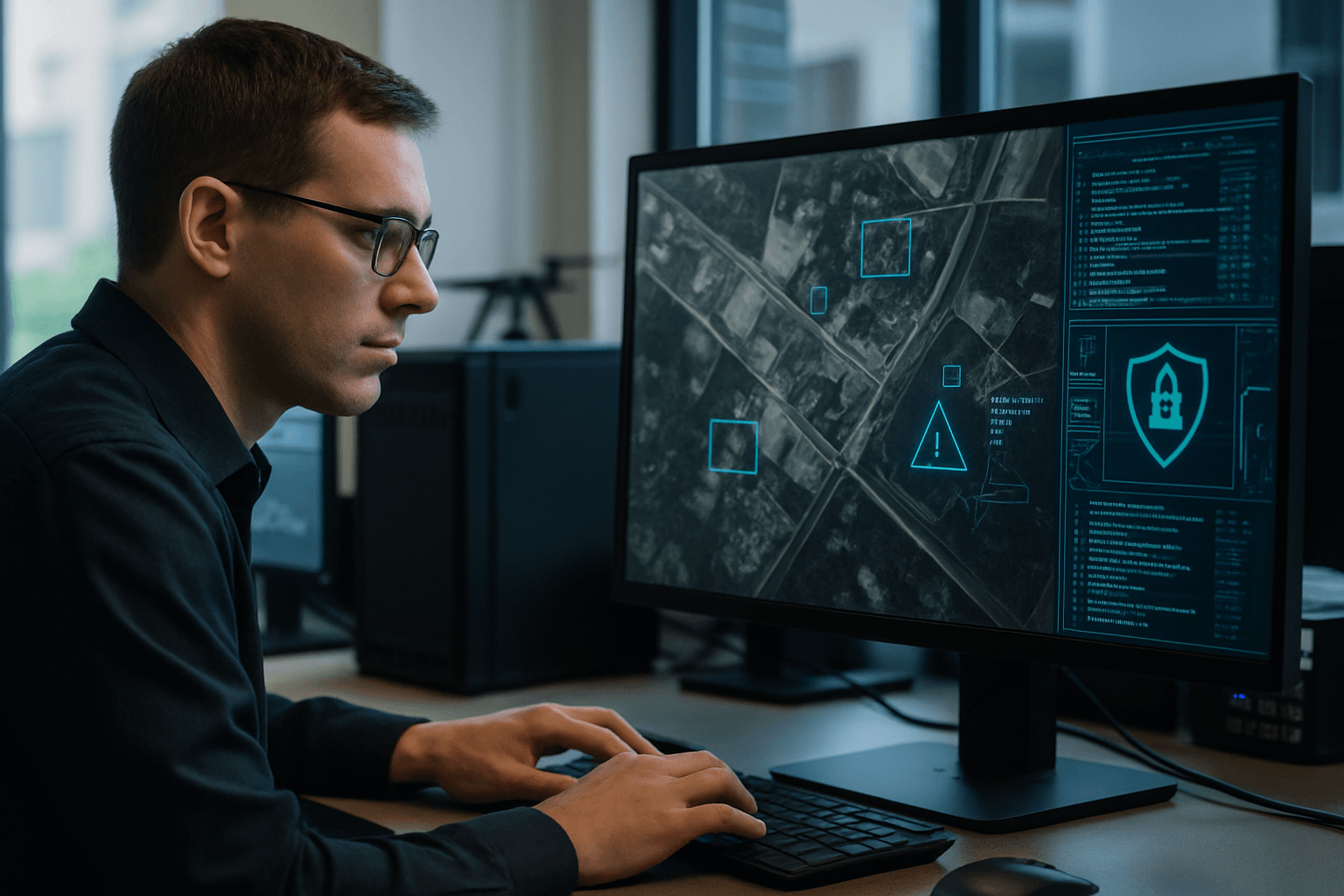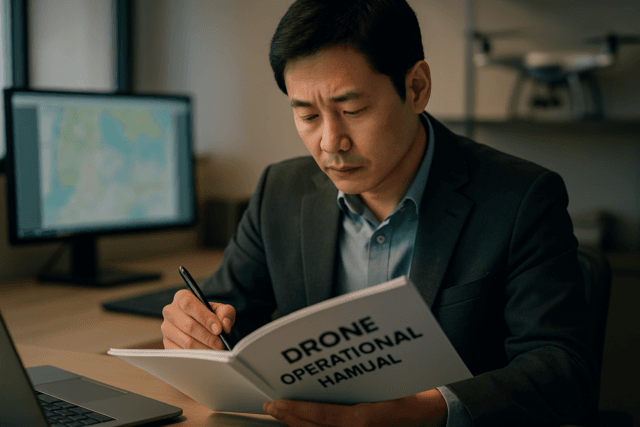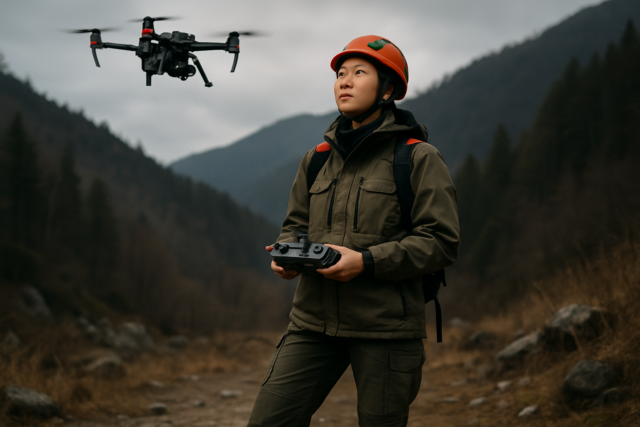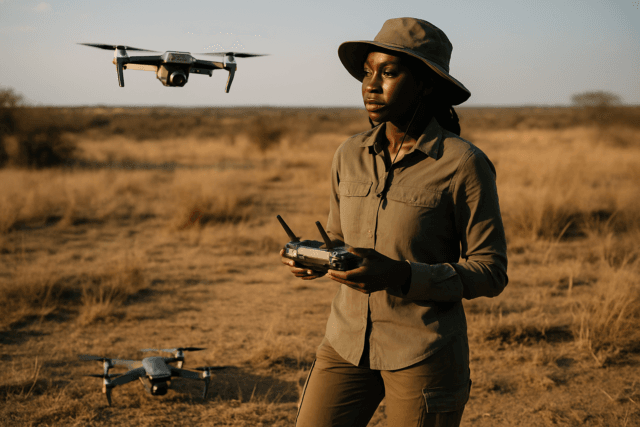The proliferation of Unmanned Aerial Vehicles (UAVs), commonly known as drones, has revolutionized aerial photography and videography, offering unprecedented perspectives and efficiencies across numerous industries. From real estate marketing and cinematic production to infrastructure inspection and topographical mapping, drones capture vast amounts of high-resolution visual and geospatial data. However, with this technological advancement comes a critical need to address drone data security, ensuring the confidentiality, integrity, and availability of the sensitive information collected. Neglecting data security in aerial photography projects can lead to significant risks, including intellectual property theft, privacy breaches, and reputational damage.
The Evolving Landscape of Drone Photography
Drones have transformed how visual data is captured, moving beyond traditional ground-based methods. They are equipped with advanced sensors, cameras, and GPS modules, enabling them to collect high-definition images, videos, LiDAR scans, and 3D mapping data. This capability, while incredibly beneficial, means that drones are essentially “flying smartphones” collecting diverse and often sensitive information. The sheer volume and velocity of this data present unique challenges for storage, management, and, most importantly, security.
Why Drone Data Security Matters
Securing drone data is paramount due to several critical factors:
Confidentiality and Intellectual Property
Aerial photography projects often involve capturing proprietary information, such as detailed imagery of construction sites, industrial facilities, or unreleased film sets. This data, if intercepted or accessed by unauthorized parties, could expose trade secrets, competitive strategies, or creative works, leading to significant financial and competitive losses. Organizations using drones for business purposes must protect their collected data from unauthorized access, as it is a “goldmine—rich with insights and value.”
Privacy Concerns and Regulatory Compliance
Drones, especially those equipped with high-resolution cameras, can inadvertently collect personal data, including identifiable faces, vehicle license plates, or views into private properties. This raises significant privacy concerns, making compliance with data protection regulations such as the General Data Protection Regulation (GDPR) in the European Union, California Consumer Privacy Act (CCPA), and other regional laws crucial. Non-compliance can result in substantial fines, reputational damage, and legal action. Drone operators must ensure data handling is transparent, secure, and minimizes risks to individuals.
Operational Integrity and Reputation
Compromised drone data can impact not only the sensitive information itself but also the operational integrity of the project and the reputation of the drone operator or organization. If flight plans are intercepted, or control commands are manipulated, it could lead to operational disruptions, asset damage, or even physical harm. A data breach can erode client trust, damage the brand, and have long-term negative consequences for business.
Key Vulnerabilities in Drone Data Flow
Understanding the potential points of failure in the drone data lifecycle is the first step toward implementing effective security measures. Vulnerabilities can exist at various stages:
Drone-to-Controller Communication Links
The communication pathway between the drone and its ground control station (GCS) is a primary target for cyberattacks. This link transmits crucial data such as flight control commands, GPS coordinates, and real-time video feeds. If these signals are unencrypted or use weak protocols, they can be intercepted, allowing malicious actors to eavesdrop, jam signals, or even hijack the drone. GPS spoofing, for instance, can feed false coordinates to a drone, leading it off course or to a different location.
Onboard Data Storage
Drones store captured images, videos, and flight logs on internal memory or removable storage devices like SD cards. If these devices are not adequately protected, either physically or through encryption, they become vulnerable to unauthorized access or theft if the drone is lost, captured, or crashes. Sensitive data on a lost or stolen drone could fall into the wrong hands.
Data Transmission to Cloud/Ground Stations
After a flight, data is often transferred from the drone or its controller to local ground stations, network-attached storage (NAS), or cloud platforms for processing and archiving. This transmission phase is another point of vulnerability if data is sent over unsecured channels. Public Wi-Fi networks, for example, can expose data to interception.
Post-Processing and Archiving
Once data reaches the ground station or cloud, it enters the post-processing and archiving phase. Vulnerabilities here can include weak access controls, inadequate encryption of data at rest, and insufficient logging and monitoring. Insider threats also become a significant concern if employees with access to the data do not adhere to security protocols.
Supply Chain Risks
The drone’s hardware and software components, including those from third-party suppliers, can introduce hidden vulnerabilities. The U.S. Department of Commerce has highlighted national security risks posed by foreign adversary involvement in the supply chain for unmanned aerial systems, particularly concerning data collection and connectivity capabilities. Manufacturers from certain countries may be compelled to provide intelligence to foreign governments, potentially injecting spyware or malware or creating “backdoor” vulnerabilities. Understanding where a drone is manufactured and the manufacturer’s privacy policy is crucial.
Best Practices for Enhancing Drone Data Security
Implementing a robust drone data security strategy requires a multi-layered approach that addresses each stage of the data lifecycle.
Secure Communication Protocols
Utilize strong encryption protocols for all communications between the drone and the ground control station. Modern drones often rely on protocols like AES-256 for video transmissions, GPS coordinates, and flight control commands. HTTPS and SSL/TLS are used for web-based interactions and real-time data exchange. Enabling Local Data Mode (LDM) on foreign-manufactured drones can help block data from being transmitted or shared. Maintaining a secure connection, perhaps via a Virtual Private Network (VPN) or secure Wi-Fi, is vital during flights to protect confidentiality and integrity.
Robust Onboard Data Management
Implement mechanisms to protect data stored directly on the drone. This includes password protection for onboard storage and SD cards, ensuring that sensitive images and resources are accessible only to authorized users. Regularly erasing personal data from the drone and removable storage devices after each use is also a recommended practice.
Encrypted Data Transmission and Storage
All sensitive data collected from drones should be encrypted, both during transmission and when stored. For data in transit, secure file transfer protocols and VPNs are recommended. For data at rest, robust encryption features, such as AES 256-bit encryption, should be applied to cloud storage or on-premises solutions. Cloud providers often offer advanced data protection measures, including encryption and redundancy, to ensure the security and integrity of drone data.
Secure Ground Station and Processing Workflows
Ground control stations (GCS) and post-processing systems should be secured with strong network encryption and secure configurations. This includes disabling unnecessary network services and running all software files through antivirus programs. Isolating or segmenting networks used for drone operations can prevent the spread of malware or breaches to an enterprise network.
Implementing Strong Access Controls
Establish strict access controls, including multi-factor authentication (MFA) and role-based access control (RBAC), to ensure that only authorized personnel can access drone data and systems. Default passwords should always be changed to strong, unique ones. Regular security audits can help verify adherence to these controls.
Regular Software and Firmware Updates
Drone systems, including flight software and firmware, require regular updates to address vulnerabilities and protect against manipulation by hackers. Updates should be downloaded from authenticated and secure vendor websites, and licensing agreements should be reviewed. An insecure update process could introduce malware.
Physical Security Measures
Physical security of drones and their components is crucial to prevent unauthorized access or theft. This can include using camera lens covers, engaging kill functions on GCS to prevent unintended visibility, and physically securing the drone when not in operation. Tamper detection and prevention mechanisms can also be employed.
Data Minimization and Retention Policies
To comply with privacy regulations, drone operators should only collect data that is necessary for their legitimate purposes (data minimization principle). Collected data should not be kept longer than necessary and should be deleted when no longer needed. Anonymization or pseudonymization of data, especially identifiable information like faces or license plates, should be considered when possible.
Employee Training and Awareness
Human error remains a significant vulnerability. Training employees involved in drone operations on data security best practices, privacy policies, and the latest threats is essential. Awareness of how to identify and report phishing attempts or suspicious activities is also critical.
Regulatory and Ethical Considerations
The regulatory landscape for drones, particularly concerning data privacy, is complex and evolving globally.
GDPR and Data Protection Laws
The General Data Protection Regulation (GDPR) is a cornerstone of data privacy in the EU, applying to any organization, regardless of location, that processes personal data of EU residents. Drone operators are subject to GDPR if they capture identifiable personal data through images, video, sound, geolocation, or other sensors. Key GDPR principles include purpose limitation, legal basis for processing, data minimization, strict retention periods, security, and the duty to inform data subjects. Operators must obtain explicit consent from individuals when collecting their personal data and conduct Data Protection Impact Assessments (DPIAs) for high-risk operations.
Industry-Specific Regulations
Beyond general data protection laws, specific industries and regions may have additional regulations governing drone operations and data handling. For example, national aviation authorities like the FAA in the United States and EASA in the EU set rules for drone registration, pilot certification, operational limitations, and remote identification. These often intersect with data security, particularly regarding flight data and remote tracking.
Ethical Data Collection and Usage
Even when legally permissible, ethical considerations should guide drone operators. This includes respecting individuals’ reasonable expectation of privacy, avoiding intrusive surveillance, and being transparent about data collection activities. Operators should consider the potential for “unintended visibility” of surrounding areas and take precautions.
Technological Solutions and Future Trends
Advancements in technology are continuously offering new solutions for enhancing drone data security:
Hardware-Level Security
“Secure by Design” principles in drone manufacturing can significantly minimize cybersecurity vulnerabilities. This includes tamper-proof hardware that can detect and alert users of physical tampering attempts. Hardware security modules (HSMs) and secure boot protocols can ensure that only authenticated firmware and software are executed.
Advanced Encryption Standards
Continued development and adoption of robust encryption protocols like AES-256 and ChaCha20 are critical for securing drone data. Research is exploring novel encryption algorithms tailored for drone-captured data, such as hybrid 1D–2D memory cellular automata schemes.
Blockchain for Data Integrity
Blockchain technology holds promise for ensuring the integrity and immutability of drone data, preventing unauthorized alteration. It can provide a decentralized, tamper-proof record of data collected.
AI and Machine Learning for Anomaly Detection
Artificial intelligence (AI) and machine learning (ML) are being integrated into drone cybersecurity frameworks. AI can analyze telemetry, control signals, and sensor inputs in real-time to detect anomalous behavior indicative of cyber threats, such as unauthorized memory access or abnormal power usage. Upon detection, AI can even initiate autonomous mitigation strategies.
Secure Cloud Platforms for Drone Data
Cloud-based storage solutions are increasingly critical for managing the vast amounts of drone data. Cloud providers invest heavily in security infrastructure, including firewalls, data encryption, and access controls, and stay updated on privacy regulations. Opting for platforms with end-to-end encryption, data redundancy, and compliance certifications like SOC2 Type II and ISO27001 is essential.
Developing a Comprehensive Drone Data Security Strategy
A comprehensive drone data security strategy integrates all these elements into a cohesive framework. It involves:
- Risk Assessment: Identifying potential vulnerabilities and the sensitivity of the data being collected.
- Policy Development: Creating clear internal policies for data collection, handling, storage, access, sharing, and retention.
- Technology Implementation: Deploying appropriate security technologies, including encryption, secure communication protocols, and robust storage solutions.
- Compliance Adherence: Ensuring strict adherence to national and international data protection laws and industry-specific regulations.
- Continuous Monitoring and Auditing: Regularly monitoring systems for breaches, conducting security audits, and reviewing logs for anomalies.
- Incident Response Planning: Having a clear plan for how to respond to and report data breaches or cybersecurity incidents, including contacting relevant authorities like the FBI or CISA if compromised.
Conclusion
As drones become even more integral to aerial photography and various other sectors, the importance of robust drone data security cannot be overstated. From the moment a drone takes flight to the final archiving of its data, every step in the process presents potential vulnerabilities that malicious actors could exploit. By understanding these risks and proactively implementing best practices—ranging from strong encryption and access controls to secure supply chain considerations and adherence to global data protection regulations—organizations can safeguard sensitive information, protect individual privacy, maintain operational integrity, and preserve their reputation in this rapidly evolving technological landscape.





